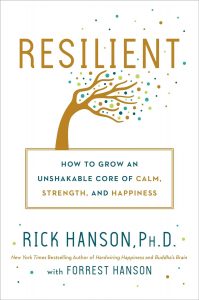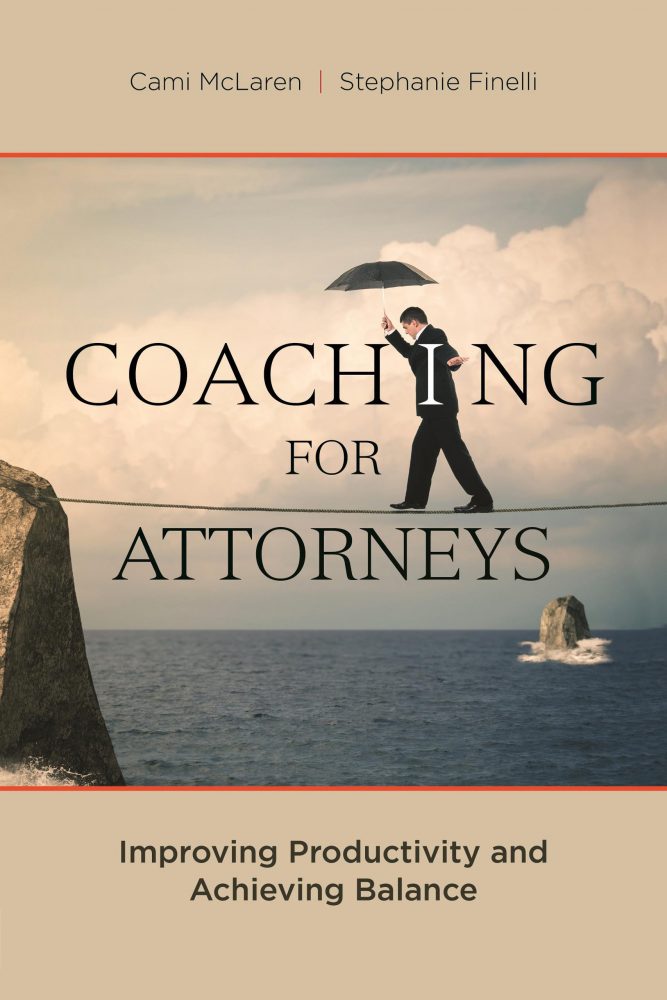The Map is not the Territory
Have you ever heard this expression — “The map is not the territory?” Stephen Covey talks about this concept in his book The Seven Habits of Highly Effective People. I imagine the GPS in my car. It does a great job of laying out the streets and many landmarks for me. And when I look out the window, I can see that my view of reality is more or less accurately represented on my GPS. However, I also notice that when I go out to a newer development, my GPS sometimes does not represent what I see out my window; it shows just blank space. The map is not matching the territory. Even in the city, where the representation seems accurate, it is important to remember – the GPS represents the territory. But it is not the territory. We can get so involved in looking at the GPS representation that we don’t look out the window.
My perception — my worldview — is not reality. How can this concept be helpful to attorneys? We are in an industry where we are constantly trying to persuade others — the judge, the jury, opposing counsel, sometimes our own clients — that we are right. We are seeking to have others adopt our point of view. And yet, sometimes we have tunnel vision and create conflict where none is necessary because we are so firmly entrenched in our own worldview. Moreover, we will have a difficult time persuading others to see things our way if we do not appreciate there are other ways of viewing things.
If we return to the GPS metaphor, everyone has a different GPS in their head. There is no standard GPS; no Thomas Brothers Guide. The first important principal to appreciate is that each person’s map is entirely unique. We share certain maps as groups (nationality, culture, religion, language, supporting the same sports team, etc.) but at the same time have our individual maps (values, behaviors, and beliefs, personal history). The mixture of maps being so complex means that every person is unique in their perception of the world.
What can an attorney gain from appreciating this concept? Would I be a better negotiator if I could see the other party’s side, not just theoretically, but from his viewpoint? Would I represent my client better if I could truly understand opposing counsel’s position? Would it be easier at home if I could really appreciate where individual members of my family are coming from, rather than applying my own limited interpretation? Would I become more curious — learn more — if I knew no one else sees things precisely as I do?
Worldview is made up of where you were raised; how you were raised; what beliefs you have developed over time and what experiences you have had. They come together to form a filter or a certain way of seeing the world. There is nothing wrong with that filter, but it is important to know that you are not really seeing what is there. You see it through a filter and it is your own unique filter.
For example, one of my clients explains it this way: In a family law case, it may be obvious to me that my client should be the primary custodial parent, as he is more educated, has a stronger work ethic, and his new wife is able to care for the children when they get home from school. But if my filter blinds me to the emotional bond between the children and their mother and if it causes me to overlook the signs that my client’s new wife is trying to poison the children’s relationship with their mother, I might be setting my client up for a costly court battle that could end badly. Realizing that my perceptions are my own and may not be shared by others will make me curious to uncover other interpretations of the facts. This makes me a better lawyer. If I can see other interpretations, I can properly advise my client to settle when appropriate, and I can find the most effective ways of countering the opposing viewpoint rather than simply hammering on my own.
As such, it is vitally important to see the worldviews that others bring to their experiences so you have a well-rounded view of the situation.
Tips for beginning to see others’ worldviews:
1. Ask curious questions, with the view to truly understand others’ interpretations, beliefs and experiences.
2. Ask yourself – what is my interpretation? Versus what are the facts? What are other ways to look at this? What am I missing?
3. Notice where you are applying your worldview and why. If in the above example, this attorney has certain beliefs, based on how she was raised that one of the parents is better-suited than the other to raise the children, this will blind her to other possibilities and may also blind her to possibilities seen by the trier of fact.
Feel free to email thoughts or comments on this article. Go to “contact us.”







